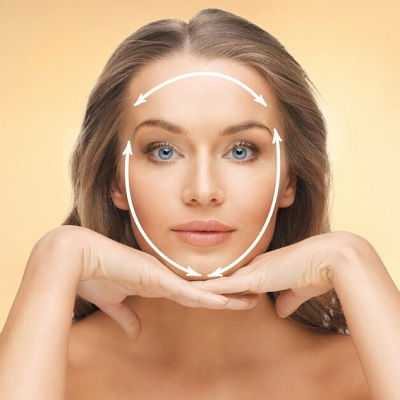Can I Pray After a Hair Transplant?
- iraj44835

- Aug 5, 2024
- 3 min read

Hair transplants are a transformative procedure for those dealing with hair loss, but they come with a period of post-operative care and recovery. For individuals who practice Islam, one important concern is whether they can continue their regular prayers (Salah) after undergoing a hair transplant. This blog explores the considerations for praying after a hair transplant, including guidelines for maintaining your health while adhering to your religious practices, and the associated costs of the procedure.
Praying After a Hair Transplant: Key Considerations:
Post-Operative Care and Praying:
Initial Healing Period: After a hair transplant in Islamabad, the scalp needs time to heal, and it’s crucial to follow your surgeon’s post-operative care instructions. During the first few days, your scalp will be sensitive, and you should avoid activities that might disturb the healing process, including rigorous movements or pressure on the scalp.
Prayer Position Adaptations: To accommodate your healing scalp, you might need to make adjustments to your prayer positions. For instance, if bowing (ruku) or prostrating (sujood) causes discomfort or puts pressure on your scalp, you can modify your posture to avoid direct pressure on the transplant site. Consulting with your surgeon can provide specific recommendations for how to manage these positions safely.
Maintaining Hygiene:
Wudu (Ablution): Performing Wudu, the ritual ablution before prayers, is essential for maintaining cleanliness in Islam. After a hair transplant, you may need to be cautious with how you wash your hair and scalp during Wudu. Use a gentle approach to avoid disturbing the transplanted grafts, and follow any specific washing instructions provided by your surgeon.
Avoiding Excess Moisture: While maintaining cleanliness, it’s important to avoid excessive moisture or direct water pressure on the transplant area. Use a soft touch and avoid rubbing or scrubbing the scalp.
Adjusting Prayer Practices:
Modifications: If the standard prayer positions are uncomfortable due to your recent transplant, consider consulting with your religious advisor for guidance on how to adjust your practices while maintaining the integrity of your prayers.
Consulting Professionals: Your surgeon can offer specific advice on how to balance post-operative care with your religious obligations. They may provide recommendations on how to manage your prayer positions to avoid any negative impact on your healing process.
Cost Considerations for Hair Transplants:
Initial Procedure Cost:
Price Range: The cost of a hair transplant varies based on factors such as the technique used, the number of grafts required, and the clinic’s location and reputation.
Technique Differences: Follicular Unit Extraction (FUE) tends to be more expensive than Follicular Unit Transplantation (FUT) due to its more detailed and labor-intensive nature.
Additional Expenses:
Post-Operative Care: Additional costs may include medications, special shampoos, and follow-up visits. These costs can add several hundred to a few thousand dollars to the total expense of the procedure.
Potential Follow-Up Treatments: If further treatments or additional sessions are required to achieve desired results, this can increase the overall cost.
Financing Options:
Insurance Coverage: Hair transplants are often considered elective procedures and may not be covered by insurance. Patients should check their insurance policy to determine any potential coverage.
Payment Plans: Many clinics offer financing options to make the procedure more affordable. Patients should inquire about payment plans or financing options during their consultation.
Conclusion:
Praying after a hair transplant is possible with careful consideration and adjustments to accommodate your healing process. It is important to follow your surgeon’s post-operative care instructions and make any necessary modifications to your prayer positions to avoid discomfort or damage to the transplanted area. Consulting with both your healthcare provider and a religious advisor can help you navigate this balance effectively.



Comments